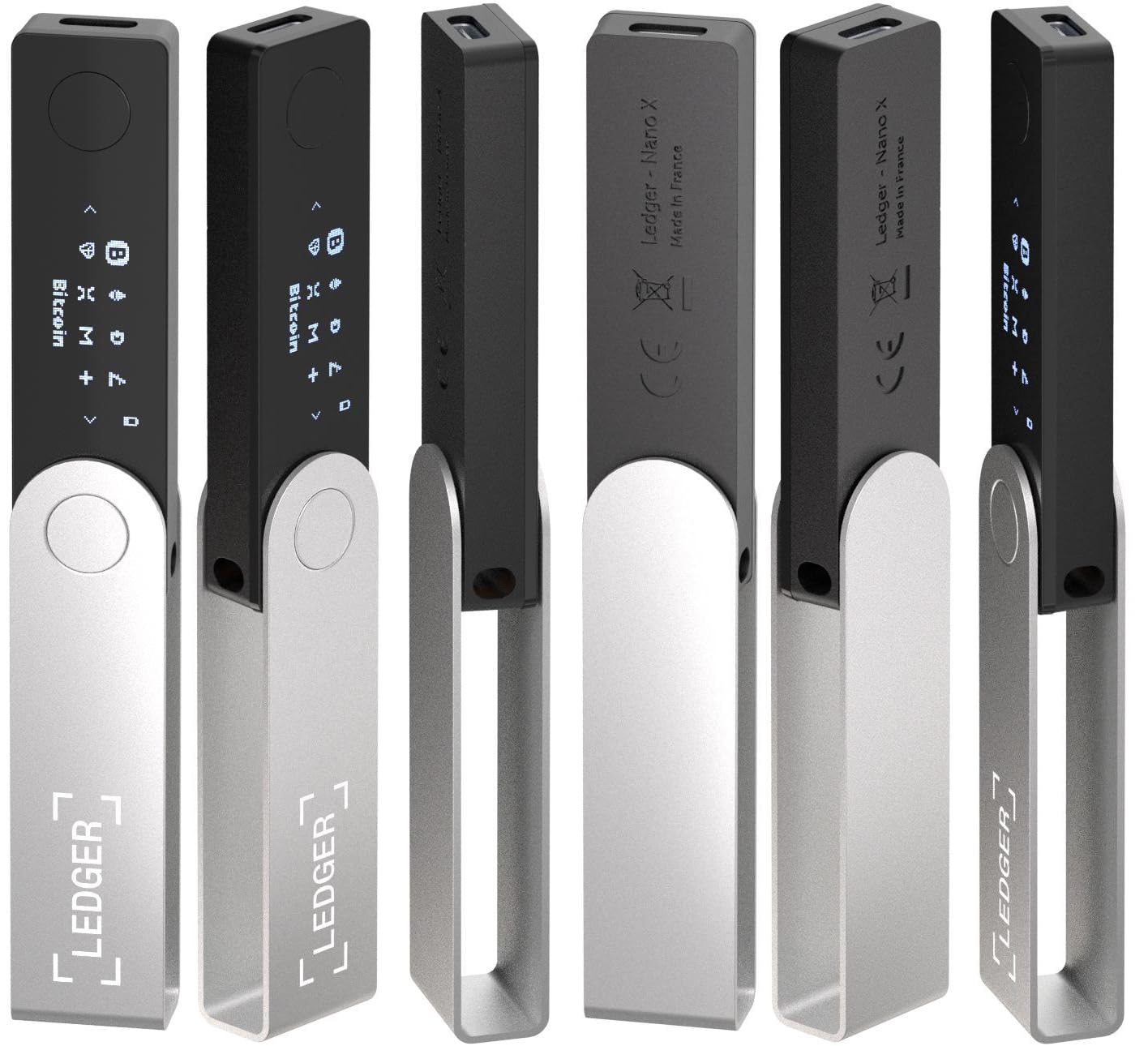
The demand for safe and dependable ways to store digital assets is growing along with the bitcoin industry. Ledger, one of the most reputable names in bitcoin security, has completely changed how people and organizations safeguard their digital assets. We will explain what Ledger is, how it operates, and why anyone who is serious about protecting their cryptocurrency ought to have it in this tutorial.
What is Ledger?
One of the top manufacturers of hardware wallets for safely storing cryptocurrencies is Ledger. Ledger’s hardware wallets hold private keys offline in a cold storage environment, as opposed to software wallets that keep them on your computer or mobile device—which are linked to the internet and hence susceptible to hacking. This provides a far better option for the long-term storage of digital assets by drastically lowering the chance of theft or illegal access.
How Do Ledgers Operate?
Your private keys are stored on a safe offline device in ledger hardware wallets. These gadgets communicate with the Ledger Live software, which is used to manage your bitcoin portfolio, and are connected to your computer or smartphone via USB or Bluetooth. This is how it operates:
1. Offline Private Key Storage: Your private keys, which are needed to sign transactions, are safely kept on the hardware device when you set up a Ledger wallet. Since these keys never leave the device, they are shielded from online threats and are never in contact with the internet.
2. Transaction Confirmation: Ledger Live is used to start the transaction on your computer or smartphone when you wish to send or receive cryptocurrency. To keep the process safe, the private key is only needed to validate the transaction on the hardware device.
3. Security Features: A secure element (SE), a specialized chip made to fend off physical attacks and tampering, is a feature of ledger hardware wallets. This chip makes sure that your private keys stay secure and encrypted even if someone manages to physically access your wallet.
Why Use Ledger?
1. Enhanced Security: Security is the main justification for using Ledger. Ledger is one of the safest methods for storing cryptocurrency by keeping your private keys offline and out of the reach of possible online attacks. Compared to exchange-based wallets or software wallets, the danger of hacking is far lower.
2. Ease of Use: Ledger hardware wallets are easy to use even if they provide excellent security. For handling several cryptocurrencies, the Ledger Live app offers an easy-to-use interface on both desktop and mobile devices. The wallet makes it simple to send and receive assets, check your balance, and install apps for different cryptocurrencies.
3. Support for Several Cryptocurrencies: Ledger is compatible with more than 5,500 cryptocurrencies, including Ethereum, Bitcoin, and numerous more. For users with a variety of portfolios, this makes it a flexible solution.
4. Self-Custody: Ledger encourages the idea of self-custody, which states that you are in charge of your assets and private keys. You do not have to rely on outside exchanges, which might be hacked or go bankrupt. In the decentralized finance (DeFi) environment, where asset control is crucial, this is particularly crucial.
5. Peace of Mind: Ledger gives you the assurance that your digital assets are safe, even in the case of a mobile device or computer hack. The wallet is made to guard against both physical theft and cyberattacks.
Beginning to Use Ledger.
1. Select Your Device: The Ledger Nano S and Ledger Nano X are the two primary hardware wallets that Ledger sells. While the Nano X has Bluetooth capability that lets you use your smartphone to manage your cryptocurrency portfolio while on the road, the Nano S is a more reasonably priced option.
2. Set Up Your Wallet: The next step after buying a Ledger device is to set it up. In addition to writing down your recovery phrase—a string of 24 words that serves as a backup for retrieving your wallet in the event that it is lost or damaged—you will also need to generate a PIN code for the device. You need to keep this recovery phrase offline and secure.
3. Install Ledger Live: Get the Ledger Live app to securely send and receive assets, manage your bitcoin portfolio, and check balances. Installing apps for the particular cryptocurrency you wish to utilize requires following the directions.
4. Begin Transacting: After everything is configured, you may manage your assets using Ledger Live, confident in the knowledge that your private keys are kept off the internet and on your Ledger device.
In conclusion.
A ledger is a vital tool for anyone trying to protect their digital assets in the quickly changing bitcoin market of today. Ledger protects your valuables from hacking attempts and online risks by offering a simple, extremely safe way to store private keys offline. Ledger provides you with the assurance you need to confidently manage your cryptocurrency portfolio, regardless of your level of experience. A Ledger hardware wallet is essential if you are serious about safeguarding your digital assets.







